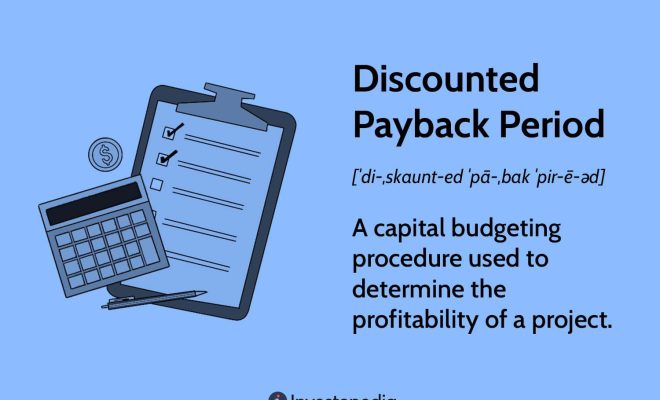How to calculate hit points 5e

Introduction
Hit points (HP) in Dungeons & Dragons 5th Edition (5e) represent the overall health and durability of a character during combat encounters. As a player, it is crucial to understand how to calculate hit points for your character, as this will impact their survival and effectiveness in the game. In this article, we will explore how to calculate hit points for your characters in D&D 5e.
Step 1: Determine Starting Hit Points
Each character starts with a certain number of hit points at level one based on their class. To determine your character’s starting hit points (HP), follow these steps:
1. Look up the Hit Dice (HD) for your character’s class in the Player’s Handbook or other source material. HD represents the dice you roll to determine hit points. For example, a Fighter has a d10 HD, which means that you’ll use a ten-sided dice to determine their hit points.
2. Add your character’s Constitution modifier to the maximum value of their HD. This will be your starting HP at level one.
Example: A level 1 Fighter with a Constitution modifier of +2 would start with 12 hit points (the max value of a d10 is 10; add +2 for Constitution).
Step 2: Calculate Hit Points After Level One
As your character advances in level, they gain more hit points based on their class and Constitution modifier. To calculate new hit points gained upon leveling up, follow these steps:
1. Roll your character’s HD or take the average result provided for their class.
2. Add your character’s Constitution modifier.
3. Add this total to your previous maximum HP.
Example: If our level 1 Fighter with a Constitution modifier of +2 levels up to level 2, they’d roll another d10 or take the average result (6) for their class, add their Constitution modifier, and add the resulting value to their previous max HP (12). If they rolled an 8 for their HD, their new maximum HP would be 22 (8 + 2 + 12).
Step 3: Healing and Temporary Hit Points
Characters can also gain temporary hit points during gameplay through various means such as spells, items, or class abilities. Temporary hit points are a separate pool and are used before regular hit points to absorb damage. They do not stack; instead, you keep the highest value of temporary hit points if multiple sources provide them.
Example: If a character has 5 temporary hit points and gains an additional 8 from a spell, they would now have only 8 temporary hit points.
Conclusion
As an essential aspect of D&D 5e gameplay and character survival, understanding how to calculate hit points is crucial for both player characters and Dungeon Masters. By following the guidelines outlined above, you’ll ensure that your character is appropriately equipped for the challenges they will face in-game.






